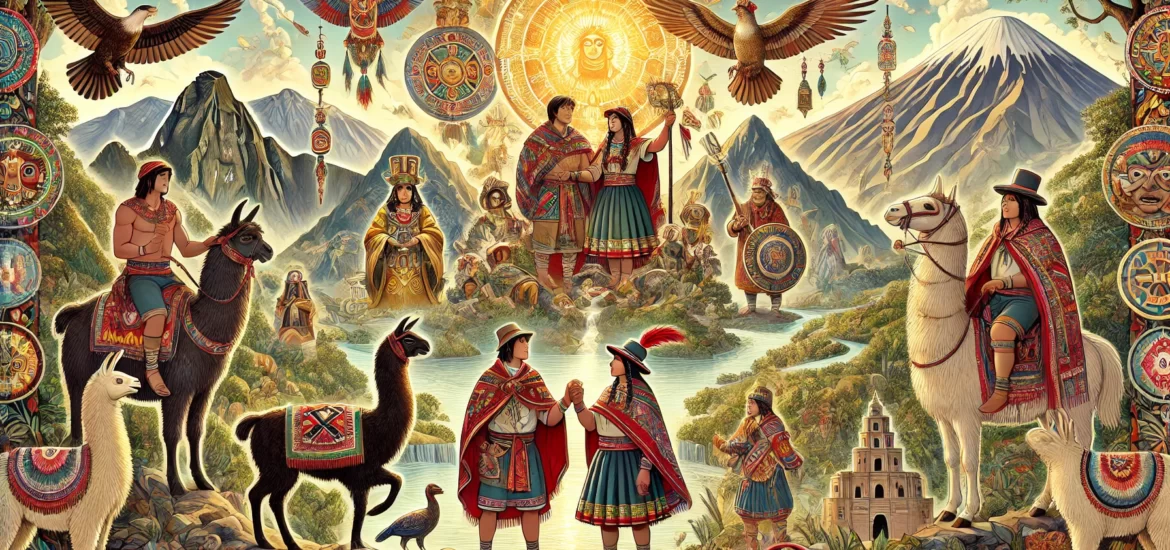At Viagens Machu Picchu, we are excited to share the amazing stories and vibrant cultural heritage of Peru with you! This time, we invite you to join us as we explore the fascinating legends and myths of the Peruvian Andes, a region full of stories and mysteries.
The Andes is not only the heartland of the Inca Empire, but it also holds the tales of other ancient civilizations. Locals’ beliefs, traditions, and superstitions have created many stories that highlight the area’s rich cultural heritage.
We would love for you to come along as we uncover some of the most captivating myths and legends from the Peruvian Andes. These stories have been shared through generations, keeping their magic alive for all to enjoy!
Viracocha
A legend that must be told apart, Wiracocha is the creator of the universe in the Andean religion. Viracocha emerged from Lake Titicaca, bringing light to a dark universe filled with giants. When the giants did not listen to him, he sent a big flood to teach them a lesson.
To help the world start anew, he created “Pachamama”, the Earth, “Mama Killa”, the Moon, and “Inti”, the Sun, from whom all humans came. Viracocha shared his knowledge with people, teaching them how to farm and lead with kindness. When they made fun of him, he turned them into stone to show them the importance of respect.
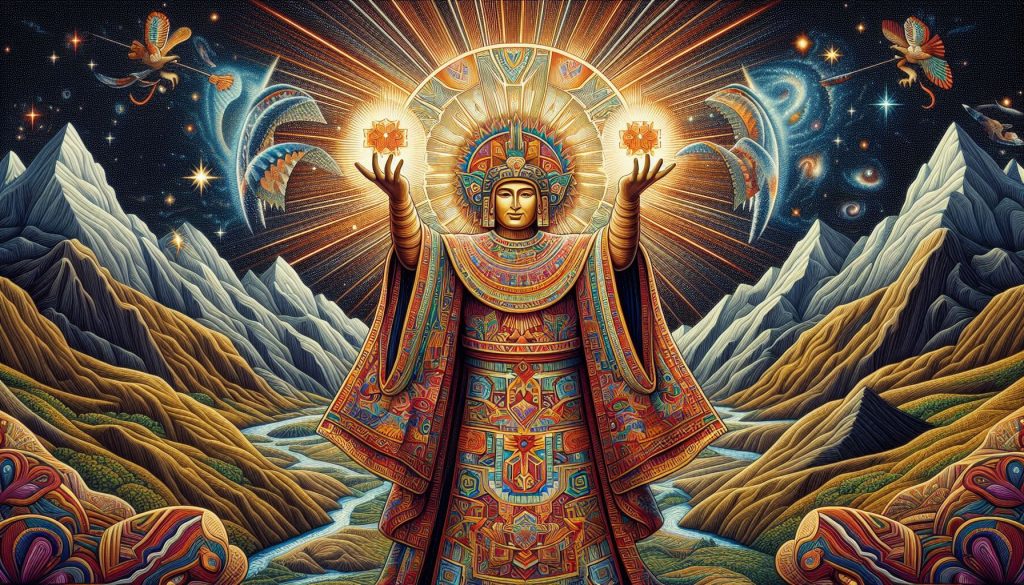
He then traveled to Cusco, where he shaped the earth and sky and crafted tribes from stone at Tiahuanaco. Each tribe received its own unique traits and names, and he sent his helpers, the “viracochas”, to bring them to life.
When he met the unfriendly Cana tribe, Viracocha showed his strength by calling down fire from the sky, proving he was their Creator. He asked them to build a beautiful golden temple in his honor. His adventure ended at the coast of Manta, where he disappeared into the sea. This earned him the name Viracocha, or “Foam of the Sea,” showing his deep connection to the Inca land and culture.
Muki or Mine Goblin
“The Muki” is a creature that sparks both fear and curiosity. This dwarf, with his unique appearance of having his head directly attached to his torso, blond hair, and a long gray beard, roams the mining areas. While he has a reputation for taking tools and minerals from workers, there is more to his story.
One day in Pucayacu, a tiy Andes Village, a miner’s child mysteriously disappeared. After a thorough search, the father found his son happily playing with what appeared to be ordinary stones. To his surprise, these stones were actually gold nuggets, and the other child was none other than Muki!
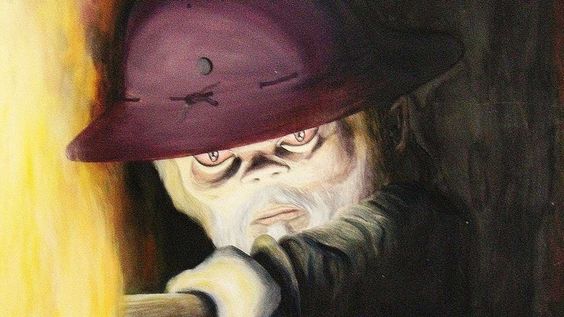
When the miner captured the Muki, the clever dwarf offered a chest of gold to earn his freedom. However, shortly after that, the miner’s son fell ill, leading the father to quickly arrange for his baptism. Muki is described as a small, white-skinned dwarf with twisted legs. He wears a horned helmet and carries golden tools.
While he enjoys watching miners and playing playful tricks, he can also be a helpful ally. In fact, he guides good miners to rich mineral veins. The name Muki comes from the Quechua word for suffocation, highlighting the dangers that miners often face.
The Apus
Mountains are revered in Andean traditions as living beings, respected and cherished as “Apus” or spirits that protect communities and travelers. The Incas believed these powerful spirits maintained harmony between people and nature.
Today, many Andean communities honor the Apus with ceremonies, offering coca leaves, chicha, and other gifts before journeys, planting seeds, or building homes. Notable Apus include Ausangate near Cusco and Salkantay in the Sacred Valley.

The Apus are divine beings that influence the climate and nature, offering blessings or guidance as protectors. The Andean people’s bond with the Apus is built on reciprocity and harmony, with communities performing rituals to secure their favor in exchange for vital resources like water and sunlight.
The Apus’ story originates from the Andean peoples of South America, passed down through generations, highlighting a profound connection to nature. This enduring relationship is celebrated in various festivals, showcasing the cultural and spiritual identity of the Andean people. The Apus’ tale reflects their commitment to living in harmony with the environment and maintaining practices that honor this sacred connection.
Manco Capac & Mama Ocllo
A well-loved story about the beginnings of the Inca Empire is the legend of Manco Cápac and Mama Ocllo. In this tale, the couple rises from the waters of Lake Titicaca, guided by Inti, the Sun god, to create an empire.
With a golden staff given to them by their father, they set off on an exciting journey that led them to what we now call Cusco, specifically to Huanacauri Mountain. When they arrived in a stunning valley surrounded by mountains, Manco Cápac and Mama Ocllo began to build the Inca civilization, with Cusco eventually becoming its capital.
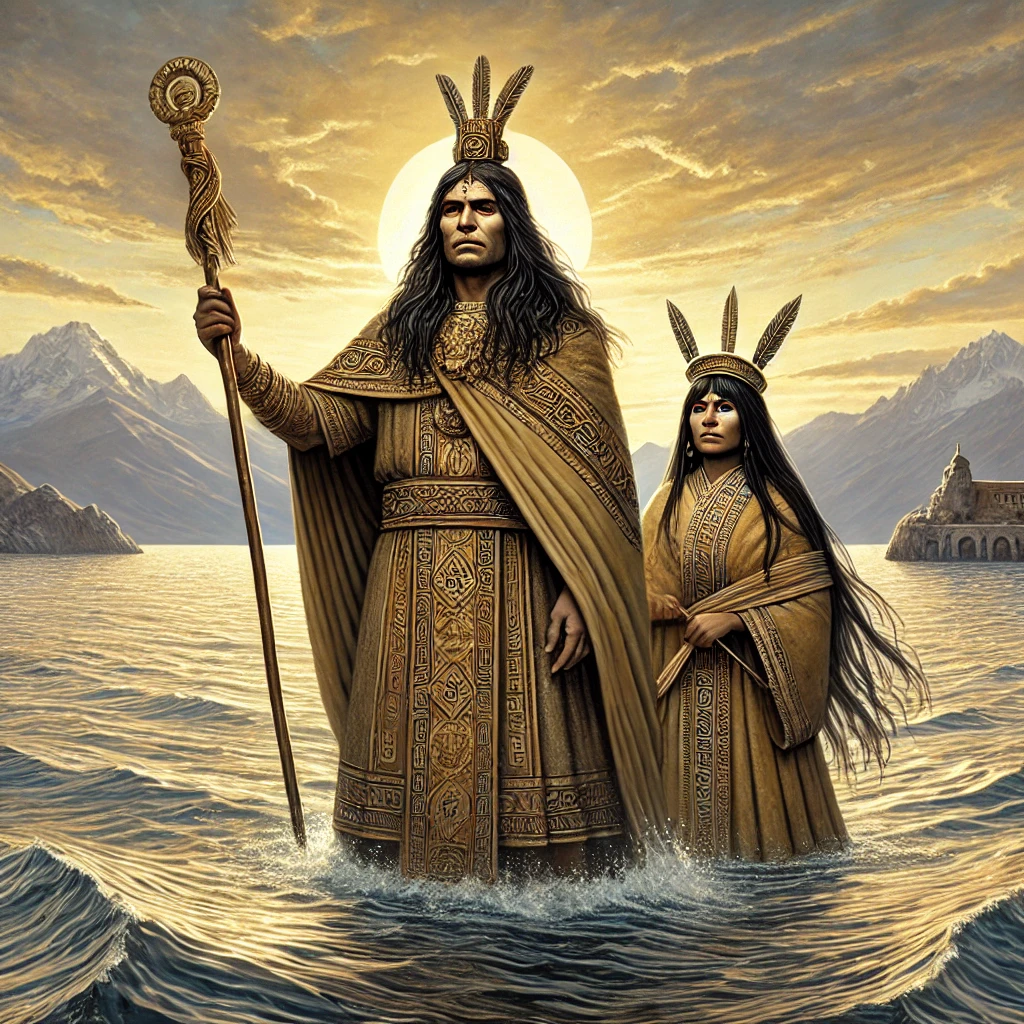
Manco Cápac taught men how to build homes and grow important crops like wheat and corn. At the same time, Mama Ocllo showed women the art of spinning and weaving to make clothing. Their goal was to spread light and knowledge throughout the Andes, and with Inti’s guidance, they aimed to create a prosperous city.
Through their hard work and divine support, Manco Cápac and Mama Ocllo achieved their mission, leaving a lasting legacy that continues to inspire the Andean people today.
The Enchanted Bull
In the beautiful Laguna de Razuhuillca in Huanta, near Huaraz, a fascinating tale unfolds. This story tells of a large black bull that lives in the lake. The bull occasionally rises from the depths and causes trouble for the town. The villagers, wanting to protect their homes, decided to come together to face this challenge.
An elderly woman, knowing her strength, courageously stepped forward to help. She performed a special ritual and then jumped into the lake with a sturdy cage made of strong, magical iron bars. Under the water, she discovered the sleeping bull and, with great determination, managed to trap it inside the cage.

This brave act brought peace to the people of Huanta, who felt secure with their former threat safely contained. However, the bull eventually broke free, leading to another flood. The villagers realized they needed to act again to keep the creature from causing more harm. Since that time, Huanta has remained watchful, always prepared for the possibility that the enchanted bull might escape and disrupt their lives once more.
Ukuku
The Ukuku, the guardian of glaciers and snow, is a captivating legend. This peculiar being comes from the special bond between a bear and a woman. Ukuku has both human and animal qualities, showing great strength.
After overcoming many challenges, the Ukuku connects with the divine and takes on the important job of delivering glacier ice to villages each year as this gift helps the communities thrive and survive. There are several stories about how Ukuku came to be.
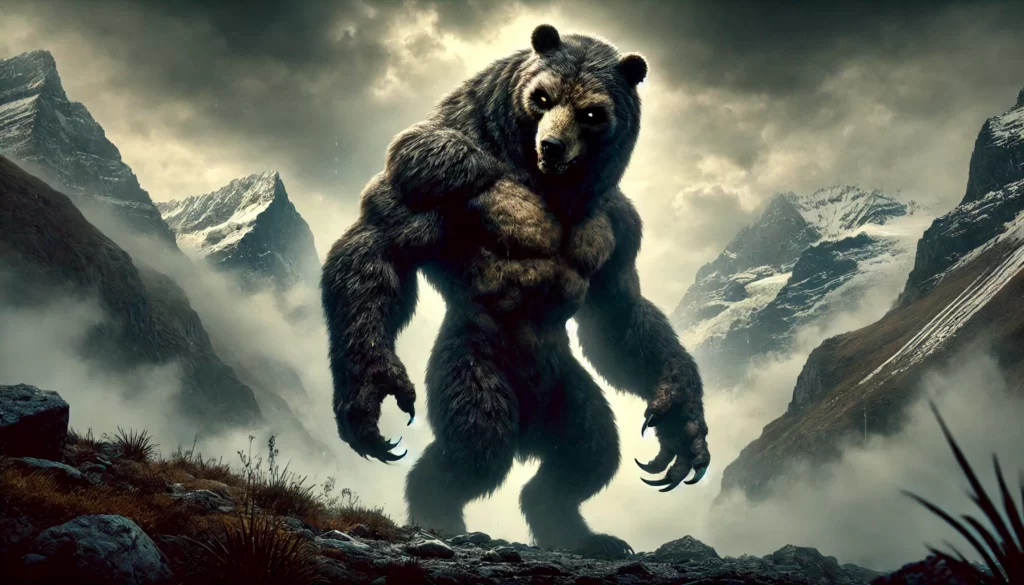
In one story, a bear falls in love with a woman and keeps her with him for many years. When their son grows up, he bravely confronts his father to free his mother. In another version, a strong warrior competes with a sorcerer for the love of the Inca’s daughter.
The sorcerer turns the warrior into a spectacled bear. However, true love shines through, and the young woman recognizes her beloved in the bear. They escape together, and from their union, Ukuku is born. Ukuku is loved as a kind protector and is celebrated during important festivals in Cusco, like the Festival of the Virgin of Carmen in Paucartambo and the Festival of the Lord of Qoyllorit’i.
Peru is a land rich with legends and stories, and we encourage you to visit the places where these fascinating tales come to life! When you’re in Peru, make sure to contact Viagens Machu Picchu.
We offer tailored tours across the country, covering Peru’s most famous destinations. Don’t wait any longer—get in touch with our travel experts today and start living your dream adventure in Peru!
Viagens Machu Picchu, journeys that inspire, moments that last.
| Español > Viagens Machu Picchu |
| English >Viagens Machu Picchu |
| Portugués > Viagens Machu Picchu |

